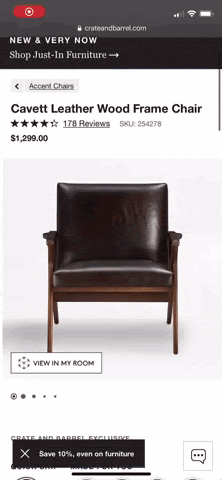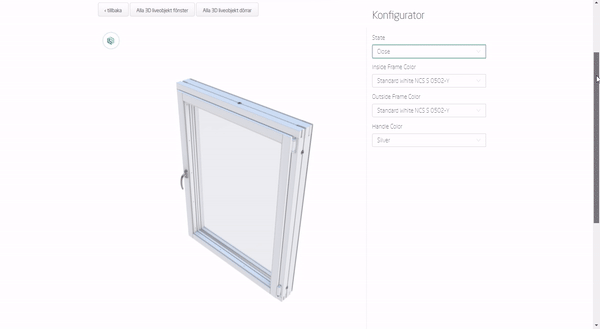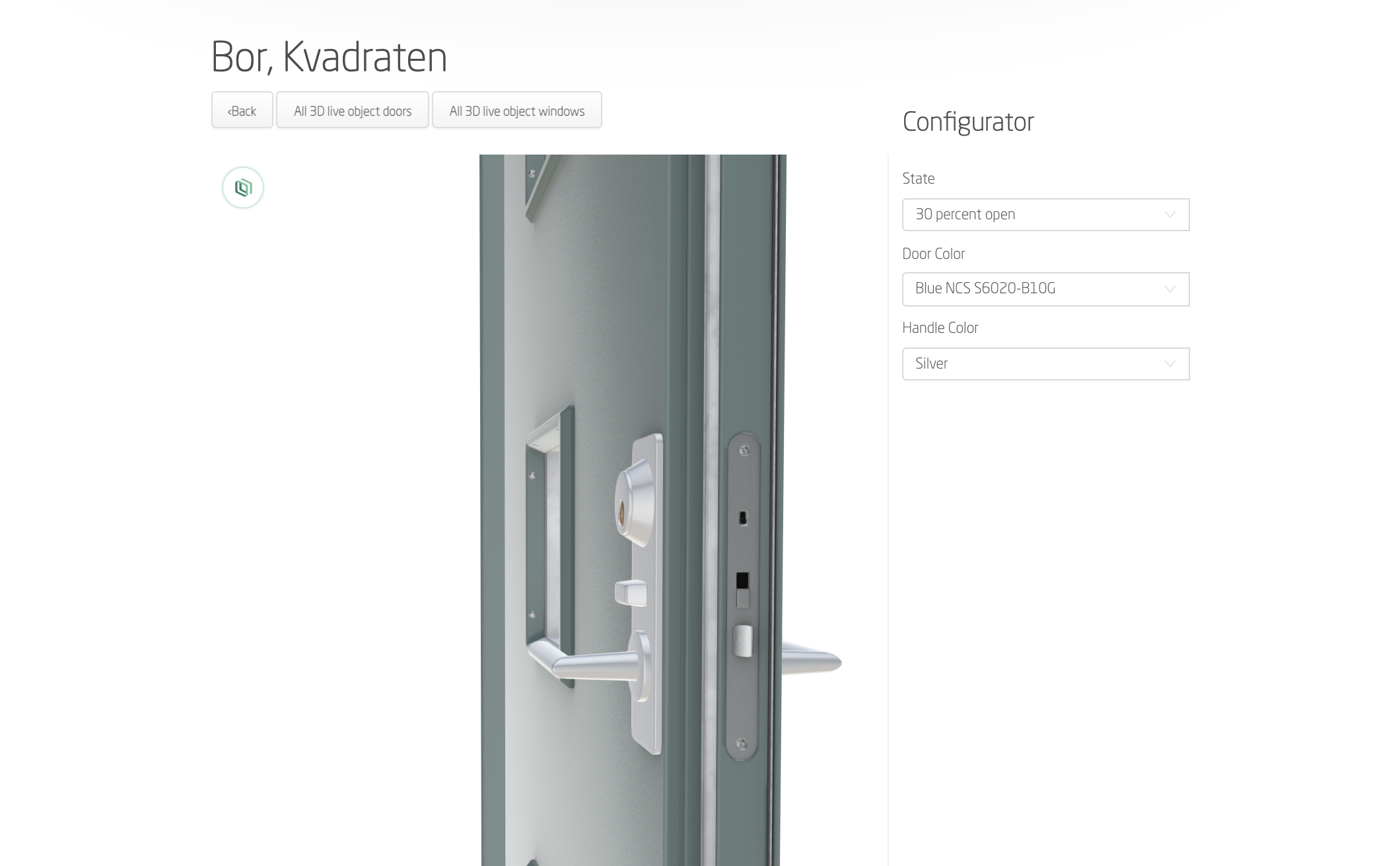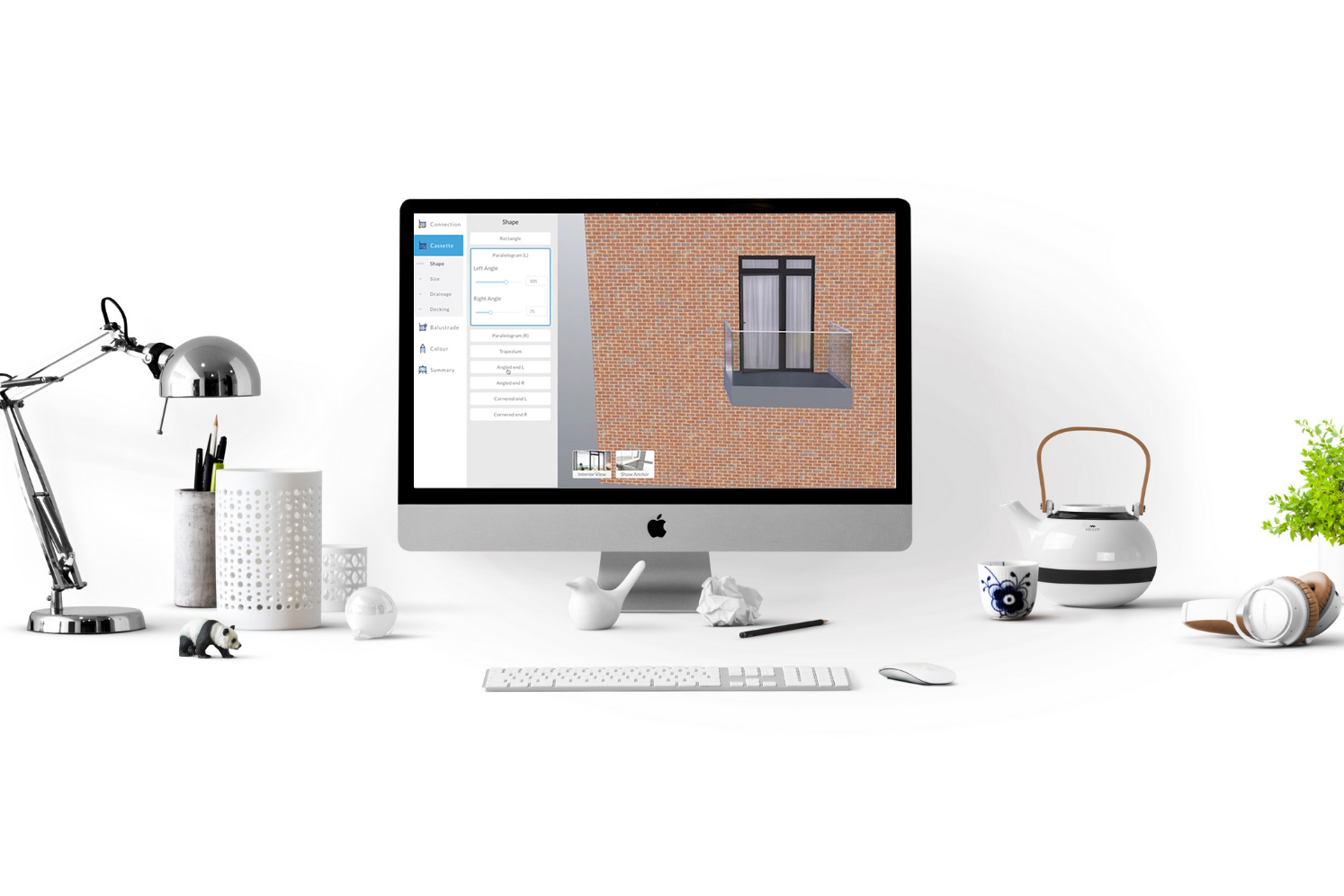7 Enterprise Companies Using AR to Sell More
Augmented reality (AR) has moved beyond a retail-selling novelty to a strategy: businesses are using AR to sell more. In fact, a survey by Nielsen IQ found that 61% of shoppers prefer shopping with retailers using AR. Read on to discover seven enterprise companies using AR to successfully boost sales and customer satisfaction.
Key Takeaways
- Augmented reality (AR) boosts sales by increasing customer confidence in a product and aligning expectations.
- By allowing a buyer to visualize a product in their space or on themselves, companies increase consumer engagement and reduce likelihood of product return.
- Enterprise companies use AR to differentiate themselves in the market and build customer trust.
AR Increases Customer Engagement
Harvard Business Review (HBR) published the results of a 2022 study comparing shopper interaction between product testers and AR for 16 sample lipsticks. Their research found that shoppers using AR:
- Spent 50% more time sampling lipsticks.
- Sampled 7.5 more products.
Shoppers using AR were more likely to sample all 16 featured lipsticks, rather than just two or three using product testers. They were also more likely to sample up to 13 non-featured lipsticks.
AR results in different shopping behaviors that can result in increased revenue and broader product sales. But how does that shopping behavior translate into the real world?
Let's look at how seven enterprise companies are using AR to sell more.
1. Warby Parker
The eyeglass retailer disrupted the market with their Home Try-On program, allowing customers to try five pairs of glasses in their homes. Warby Parker has now taken the program virtual.
Using AR, customers can try on frames anytime and anywhere. Buyers superimpose different eyeglass frames onto their faces and then rotate the image to view the frames from multiple angles.
The capability increases customer confidence and their likelihood to purchase a given frame.
2. Magnolia Market
Chip and Joanna Gaines have turned Waco, TX, into a vacation destination for fans of their home renovation show. For those who can't make it to Waco and the Magnolia Market at the Silos, the couple has created a virtual in-store experience.
Using AR, online customers can superimpose a product onto their physical space. Buyers no longer need to imagine how an item might look on a shelf or wall. They can see it and feel comfortable making the purchase, resulting in increased product sales.

3. Houzz
Another company in the renovation and home design market, Houzz has used AR for years in its "View in My Room" application.
If you're considering a magenta overstuffed chair but aren't sure it will fit in your space, you can view the chair in your room using AR. You can even see the chair under different lighting to ensure that magenta works under sunny and cloudy conditions.
The company has added a new AR feature to its professional application that renders 3D floor plans. For design professionals or construction firms, Houzz Pro allows you to create a virtual tour of the finished space for the homeowner. The new area is superimposed on the existing floor plan so clients can feel more comfortable with the design, and Houzz can sell more of its services.
4. Ulta Beauty
Part of Ulta's growth strategy is to build a digital ecosystem while reducing its brick-and-mortar expansion.
Ulta Beauty is so committed to digital innovation that it has acquired technology startups specializing in AR and artificial intelligence (AI). AI provides personalization, while using AR will help sell more products.
AR lets online shoppers see how a foundation looks or compare different blushes without leaving home. As the HBR research demonstrated, customers using AR explore more options and spend more time browsing than in-store consumers.
AR delivers a better-than-in-store shopping experience, increased revenue and broader product sales.
5. Williams-Sonoma, Inc.
Williams-Sonoma acquired AR software to create a 3D mobile and computer application for its West Elm and Pottery Barn brands. The application empowers customers to visualize furnishings in their own space.
For example, window treatments can be difficult to visualize, resulting in multiple trips to a store or numerous online returns. With AR, Williams-Sonoma expects shoppers to explore options until they find the treatment that works in their space, before buying.

6. AMC Theaters
AMC Theaters incorporates AR technology into its app as part of a marketing campaign and an avenue to increase ticket sales. Whether standing in the concession line or wandering the lobby before a show, people look at posters of upcoming films.
With the AMC app, moviegoers can scan an AR code on the poster to learn more about the film, including accessing a trailer and cast information.
If interested, people can purchase tickets for the movie from within the AR app. If the film is not released or tickets are unavailable, individuals can flag the movie, and the app will let them know when they can purchase tickets.
AMC's AR application provides convenience, resulting in more ticket sales.
7. Therma-Tru
Therma-Tru uses AR software for their Veris Collection of doors.
The configurable door visualization experience allows customers to immediately see a full-scale representation of their door, including different glass options, colors, and hardware, in 3D and AR. This ensures fit and placement are true to expectation.
The immersive solution creates an incredible product experience and eliminates any confusion or uncertainty about the final product’s size or selected options for end customers.

Threekit's Augmented Reality
Not every business can afford to spend millions developing its own AR application—that doesn't mean you can't compete in an AR-based marketplace. With Threekit's platform, your business benefits from augmented reality without a million-dollar investment.
Threekit's cutting-edge platform combines AR with 3D configurators and virtual photography to deliver a comprehensive solution for ecommerce sales. AI Visual Discovery enhances product discovery using guided selling, mimicking the experience of having a dedicated personal shopper.
The end result is a more engaging and satisfying shopping experience, with products visually rendered 360° in stunning 3D, able to be virtually placed within a consumer's space or on themselves, and with consumers gently guided to their ideal product.
If you're ready to deliver a more satisfying consumer experience with the potential for added sales, contact Threekit today to get started using AR to sell more products.



